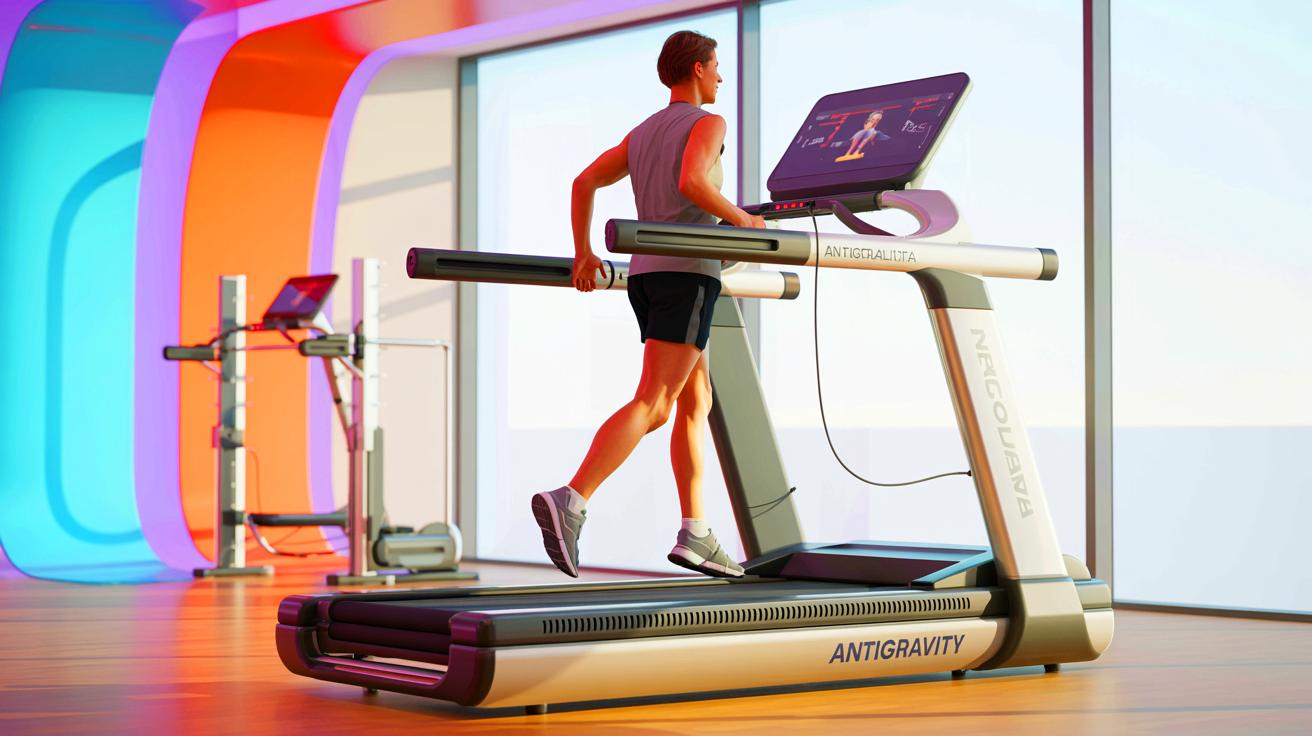| IN A NUTSHELL |
|
In a remarkable journey from space exploration to everyday fitness, antigravity treadmill technology, initially developed by NASA researchers, is now revolutionizing rehabilitation and exercise routines across the United States. The transformation began with the pioneering work of Dr. Robert Whalen, who sought solutions for astronauts’ physical well-being during prolonged space missions. Today, the innovation finds its application in Boost Treadmills LLC, co-founded by Sean Whalen, Tom Allen, and Jimmy Bean. This cutting-edge technology is not only aiding in physical therapy and athletic recovery but is also becoming accessible for personal use, offering significant benefits to individuals with mobility challenges.
The Origins of Antigravity Treadmill Technology
The foundation of this groundbreaking technology can be traced back to 1990, when Dr. Robert Whalen embarked on a mission to maintain astronauts’ health during extended space expeditions. His innovative approach involved using air pressure to simulate gravity, a concept that proved to be both practical and effective. As Dr. Whalen explained, “I realized that if I were to pull a complete vacuum around the lower body, it would produce about seven body weights of force at the waist.” This realization laid the groundwork for the development of the antigravity treadmill, facilitating exercise with reduced gravitational pull, thereby minimizing physical strain.
In 2005, Sean Whalen took his father’s concept further by co-founding AlterG, a company dedicated to commercializing antigravity treadmill technology. The device’s ability to reduce a user’s effective body weight during exercise provided a revolutionary solution for individuals recovering from injuries or dealing with conditions like arthritis and stroke. By minimizing pain and strain, these treadmills offered a new lease on life for many.
Making Antigravity Treadmills Accessible
When first introduced, AlterG’s antigravity treadmills were primarily targeted at professional sports teams and high-end rehabilitation centers due to their high cost. Recognizing the potential for broader impact, Boost Treadmills aims to democratize access to this transformative technology. “We knew we could improve the machines in many different ways, but ultimately, it’s a price thing,” stated Boost CEO Tom Allen. The introduction of the Boost 2 model in 2022 marked a significant step toward affordability and accessibility.
The Boost 2 model stands out for its user-friendly features, including a quieter operation, energy efficiency, and self-adjusting capabilities that eliminate the need for manual interventions. These improvements not only enhance the user experience but also reduce maintenance costs, making the technology more attainable for a wider audience. The founders’ vision of providing affordable in-home models by 2025 reflects their commitment to expanding the reach of this life-changing technology.
The Multifaceted Benefits of Boost 2
The Boost 2 treadmill is more than just a tool for rehabilitation; it integrates advanced training techniques like blood flow restriction training. This method enhances muscle strength by limiting blood flow during low-intensity workouts, offering a holistic approach to recovery and fitness. Sean Whalen emphasized the comprehensive benefits, stating, “We’ve been able to combine a strength component with the mobility side to give the best overall option for recovery.”
With over 600 units sold, the demand for Boost treadmills continues to grow. The versatility of the device makes it suitable for both personal and professional use, providing an effective solution for individuals with conditions that require consistent daily exercise. As the company prepares to launch an affordable home model, the potential for improving quality of life is immense, bringing advanced fitness solutions into the homes of many.
Looking Toward the Future
The journey of antigravity treadmill technology from space to everyday life is a testament to human ingenuity and the drive to make advanced technology accessible to all. Reflecting on this journey, Dr. Robert Whalen expressed his satisfaction with the impact of the technology, stating, “I can’t imagine it having a better outcome. Any research I would have done, I don’t think would have been as valuable to society as what Sean and his group have done.”
As Boost Treadmills continues to innovate and expand, the potential for further advancements in rehabilitation and fitness is limitless. The company’s dedication to improving accessibility and affordability sets the stage for widespread adoption and improved health outcomes for countless individuals. What new frontiers will this pioneering technology explore next? The possibilities are as vast as the universe itself.
Our author used artificial intelligence to enhance this article.
Did you like it? 4.4/5 (22)




